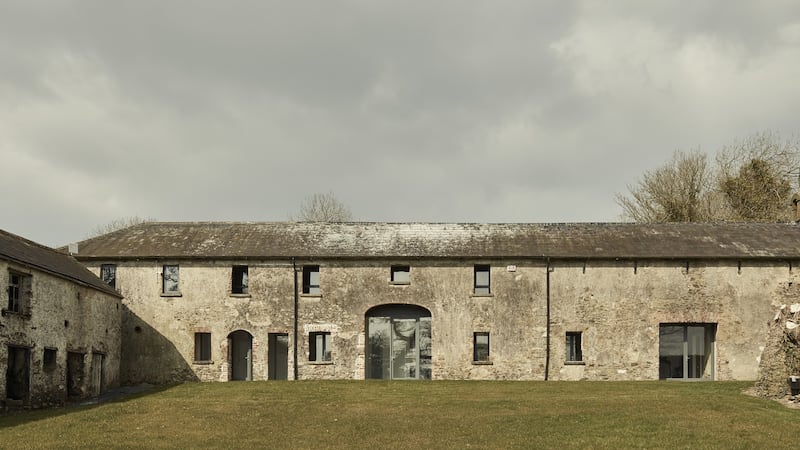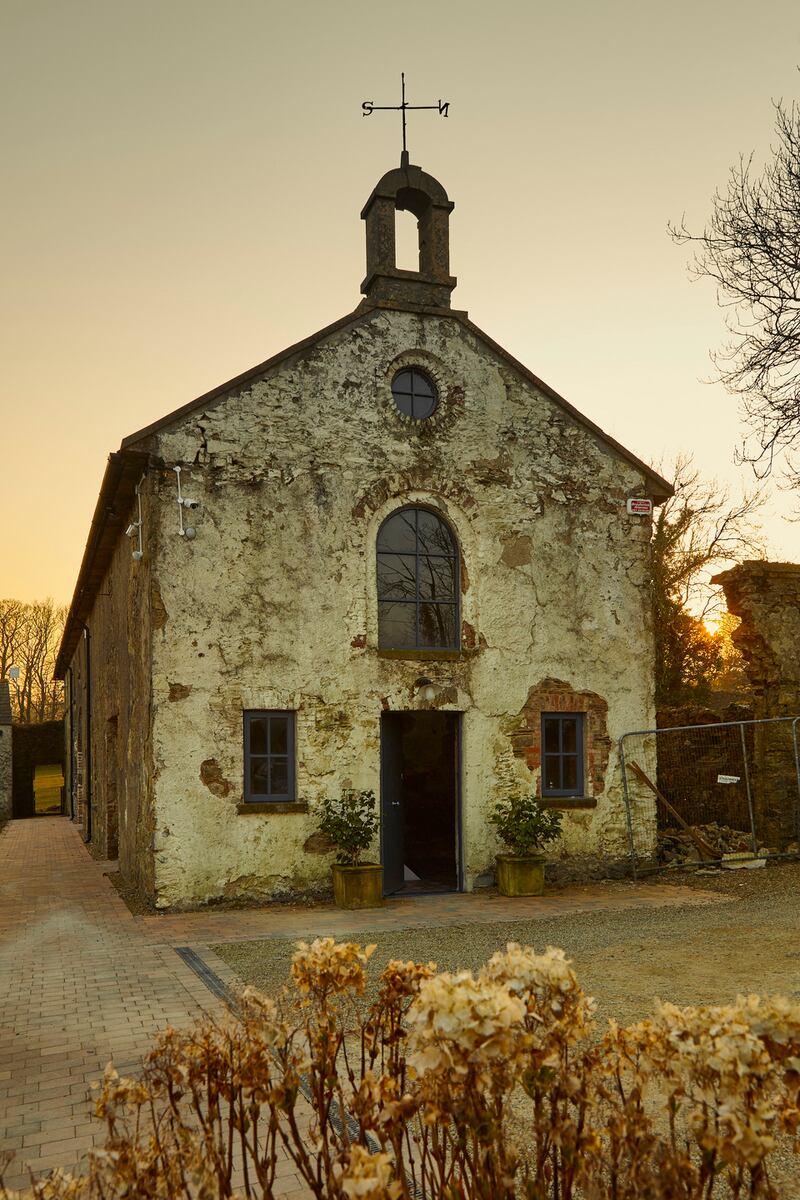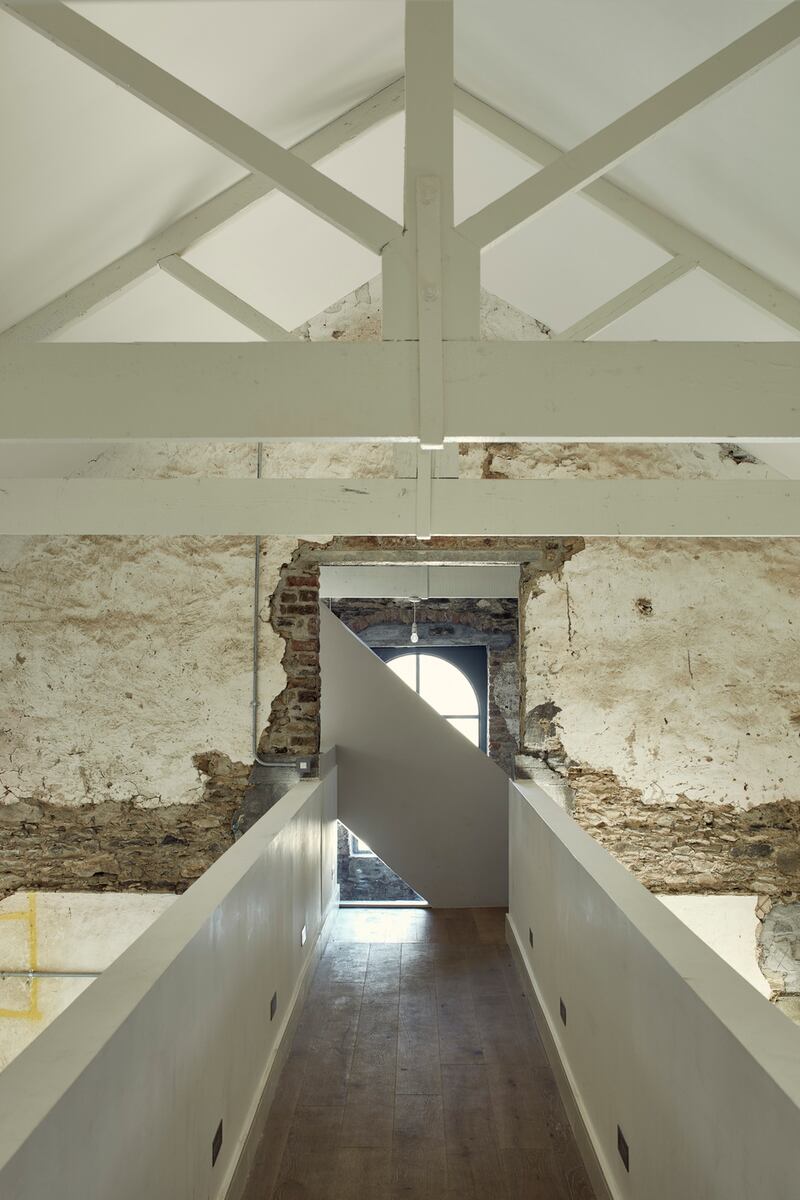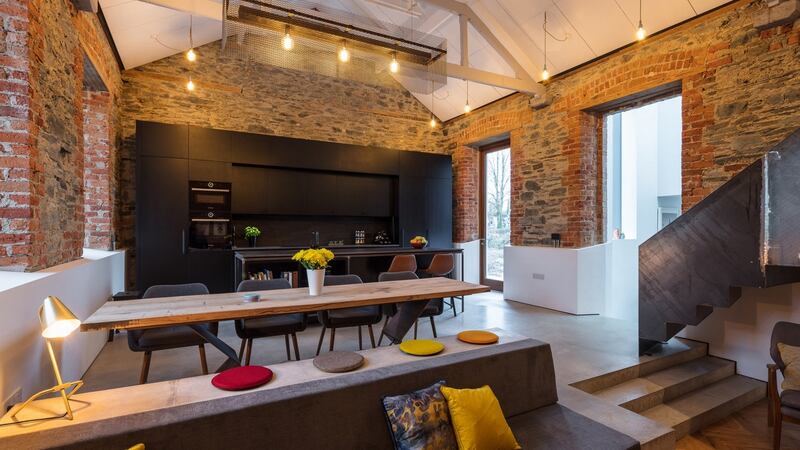Two kilometres in the countryside can really get you places. Walking the waysides of rural Co Waterford, the first thing I notice is the influence of road frontage. Road frontage is fertile ground for modern dormer bungalows, often with gardens whose neatness is wildly at odds with the surrounding landscape. But dive down some of the smaller laneways and there’s a wealth of fascinating spots to discover: derelict cottages, farm buildings, tumbledown courtyards. Sometimes it’s just the hint of an old stone wall.
Now that the 2km limit on movement has expanded to 5km, there'll be more to explore, and the Heritage Council, together with the National Museum have launched "know your 5K", to gather the fruits of our rambles during the coronavirus pandemic. Log on to ouririshheritage.org to share knowledge of your own local spots – and maybe discover some interesting stories there too.
Tales from the past are one thing, but with an eye to the future, decrepit accommodations have been fuelling my interest, and sparking my imagination for weeks now. But it wasn’t until I came across Old House New Home, a new publication from the Royal Institute of the Architects of Ireland (RIAI), that what had seemed an impossible dream began to crystallise into potential reality.
Including information on the nitty-gritty of protected structures, building regulations and conservation, the book abounds with mouth-watering shots of period homes made modern with tasteful interventions, plus some with the odd glass box shoved on the back end. But it was the case studies of rural restorations that really caught my eye.




Further east from where I am in Co Waterford, DHB Architects took a 200-year-old coach house and turned it into an utterly enviable home. The buildings were protected, so does that give an extra layer of difficulty to the process? Fintan Duffy and Máire Henry say no. "We see it as an advantage, because it gives you something more to work with, the history adds another layer of ideas," says Duffy.
Old buildings give, but they can also take. “They won’t suit everyone,” says Henry, with a wry laugh, “a client has to be ready for the fact that so many things will have to be bespoke. You won’t find many right angles.” What you will find is an incredible richness of character, and a solidity that’s absent from many modern builds. “The walls are a metre deep, and so many people over 200 years will have trodden the steps,” says Henry.
The DHB approach is to respect the building, and layer in the contemporary additions. “Everything you do is modern to some extent,” says Duffy. “We’re in 2020, not 1820. But you try to build the craft into it, to do things well. In another 200 years time,” he adds, “there will be a lot more buildings around that are already 200 today, than there will be those that are being built now.”



Another featured former coach house, this time in south Dublin, is the work of Lenzie O'Sullivan while he was with de Blacam and Meagher. Again, it's an envy-making balance of old and new. I ask O'Sullivan, who is now working with Dublin City Council, if a building is ever too far gone to save.
“There’s usually a structural engineering solution,” he says with a cheerful optimism. “I have worked on a Norman tower house that we had to fully stabilise from scratch.”
What is often off-putting can turn out to be simply superficial, he says. “Sometimes the building has no foundations, and it will have shifted, but that’s quite straightforward. You can underpin it, which isn’t as expensive as it sounds. And if you repair a roof, things will dry out very quickly and start to feel like a house.”
In O’Sullivan’s eyes, it’s a simple three-step process: repair the building, give it a suitable new use, and finally make modern design interventions. Sometimes these can raise a smile: at the coach house, the old manure pit is now the site of an en suite extension.



For some, the idea of being commissioned to demolish your former school, might be an occasion for joy. But in Cavan, Ronan Fitzpatrick of Craftstudio Architecture had such fond memories that he decided to save the late 19th-century building instead.
“It was a generational thing,” he says. “I went to school here, my dad went to school here . . . It had got into a really derelict state, but it was a building that contained a lot of memories, and I wouldn’t like to see a piece of any rural community disappear.”
The former school is now Fitzpatrick’s own family home. This involved extending at the back, away from the busy Dublin road, and raising the floor level to get better views – because, don’t forget, Victorian school designers were not great fans of having children staring out the windows.
Once he got started, Fitzpatrick was pleasantly surprised by the quality of the original craftsmanship. Another surprise along the way was the volume of notes and slips from parents, stuffed into every available slot.
Now a bright, airy, fun family home, the building is still a source of memories. Fitzpatrick recalls going into the kitchen to make a coffee and seeing a group of people standing on the lawn. “They were American tourists, and one of them had asked the bus to stop. Her mother had gone to school here – back in 1914.”
The dark roofless farmhouse, or the ruined cottage in the garden of a brand new bungalow have been features of the Irish countryside for way too long. It’s time to turn our attention back, and to cherish what we already have. As the mantra goes: the greenest building is the one that’s already there. Let’s get reimagining.
Old House New Home is supported by the Department of Culture, Heritage and Gaeltacht, and Creative Ireland, and is available as a free PDF download from riai.ie, where you will also find a short film exploring some of the featured buildings by Ros Kavanagh.



















